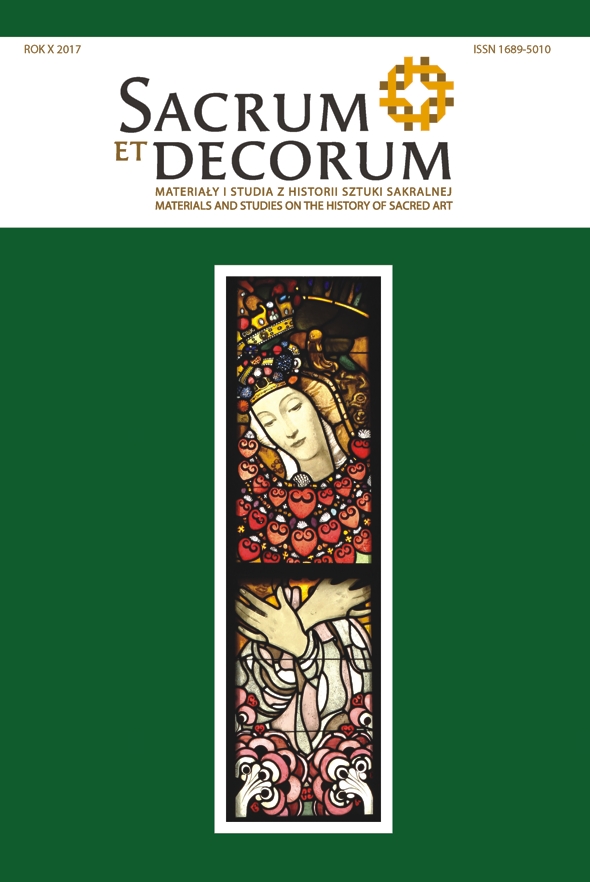Sztuka religijna na wystawach Wiener Secession i Künstlerbund Hagen (1898–1933)
Religious Art at the Wiener Secession and Künstlerbund Hagen Exhibitions (1898–1933)*
Author(s): Dorota KudelskaSubject(s): Christian Theology and Religion, Cultural history, Sociology of Art
Published by: Wydawnictwo Uniwersytetu Rzeszowskiego
Keywords: Wiener Secession; Hagenbund; Beuron School; modern religious art;politics;
Summary/Abstract: The article presents the contexts in which two important modern art organisations in Vienna (Wiener Secession, Hagenbund) presented strictly religious works of art, paraphrasing biblical motifs based on non-canonical interpretations. At the Wiener Secession, the works of well-known old artists on this subject (e.g. Rubens) were exhibited from time to time, featuring special interior arrangements. Exhibitions were also shown where the subject of the paintings, mosaics, stained glass windows and sculptures used a modern language to present the heroes of the Old and New Testaments, also presenting liturgical equipment and architectural designs of chapels and churches. The first large exhibition of this type was the exhibition of Benedictine monks from Beuron (1905), and then the exhibition of Christian art and handicraft, organised by the Österreichische Gesellschaft für Christliche Kunst at the turn of 1925/1926. The authors of the texts in the catalogue of this second exhibition pointed to the necessary direction of revolutionary artistic changes in the interior furnishings of the church, believing that without the connection of art in temples with contemporary, innovative aesthetics, it would not be possible to propagate Christian ideas. They also noticed the necessity of aesthetic and religious education of the faithful, which was to lead to the acceptance of modern forms in church art. In Künstlerbund Hagen (Hagenbund), apart from occasional works related to Christian topics, interesting exhibitions of old religious art were organized twice: in 1929 – an exhibition of icons from the twelfth and seventeenth centuries from the USSR, and in 1933 – an exhibition of Austrian Gothic sculptures, as part of the Katholikentag. Both of these carefully prepared events were clearly, although in different ways, related to politics, as discussed in the article. The forms of icons and Gothic sculptures corresponded to the aspirations of modern art: two-dimensionality and the dramatic – sometimes aggressive – primitivisation of expression. Although the presentation of works that were religiously involved was not a part of the programme assumptions of the Wiener Secession and Hagenbund, the meeting of conservative ideas with modern artistic trends gave creative effects, in opposition to the “saccharine sweetness” of official church art.
Journal: Sacrum et Decorum. Materiały i studia z historii sztuki sakralnej
- Issue Year: 2017
- Issue No: 10
- Page Range: 104-136
- Page Count: 33
- Language: English, Polish

